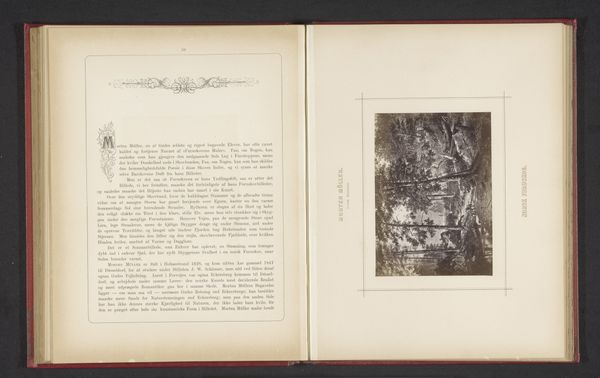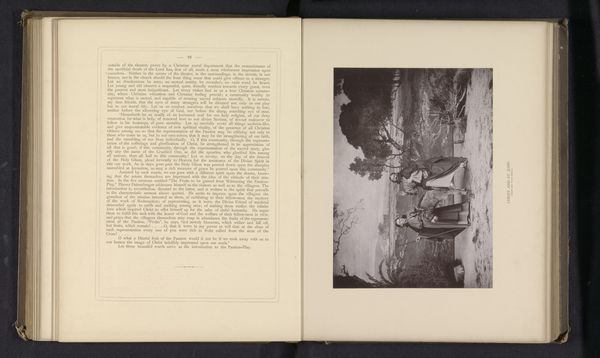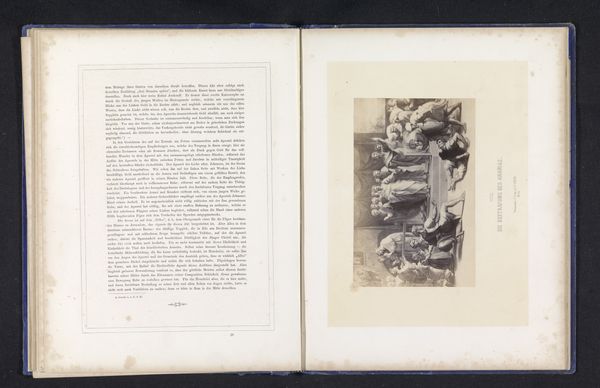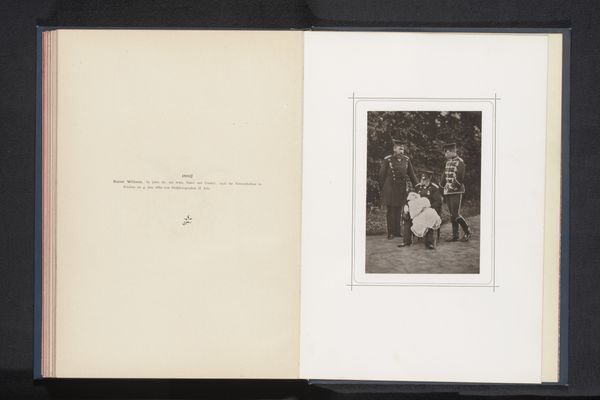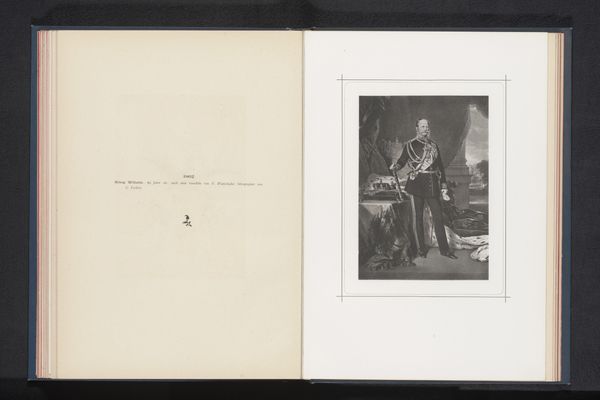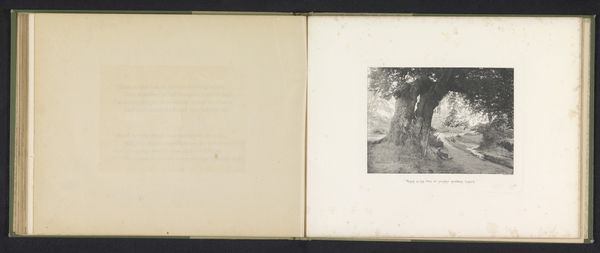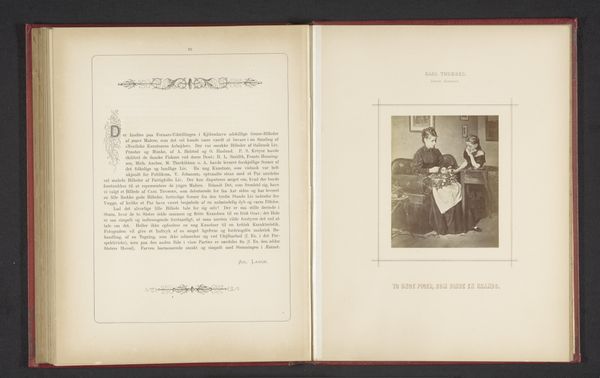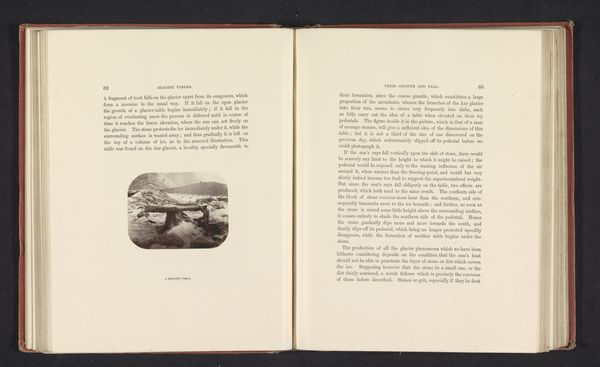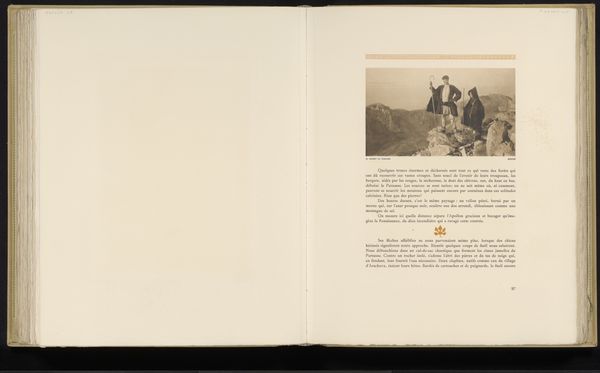
print, photography
#
portrait
#
16_19th-century
# print
#
landscape
#
photography
#
child
#
genre-painting
Dimensions: height 126 mm, width 86 mm
Copyright: Rijks Museum: Open Domain
Curator: Max Balde's photograph, "Drie kinderen in klederdracht voor een berglandschap"—that translates to "Three children in traditional costume in front of a mountain landscape"—certainly captures a moment of cultural identity. The piece likely predates 1882, placing it firmly in the 19th century. What's your initial take? Editor: Stark. It is very stark and grainy, a texture indicative of early photographic printing methods. The backdrop competes with the children who should be the focal point; my eye is drawn away toward the mountain scene behind. I wonder what materials were available. Curator: The landscape indeed mirrors the children's traditional garb, amplifying a powerful symbolism, possibly invoking a cultural identity tied to their geographic origins. The textures present point towards cultural endurance but I wonder who they performed that endurance for. What memories did the audience hold? Editor: Perhaps the material and its limitations offer insight? Photographic printing during this time involved labor-intensive processes. From preparing the emulsion to the final print, everything relied on physical skill and material constraints; the starkness results less from symbolic intention, and more from a necessity. Look at the tonality; such early printing often struggled to capture subtle gradations of tone in the original negatives. Curator: But those "limitations," as you call them, contribute to its evocative power! The very texture serves as a tangible link to the past, like a weathered artifact whispering stories of resilience. And who knows what processes followed to add tone to this early image. The three figures assume the symbols of strength and pride; their gaze is firm and confident. How interesting! Editor: While I see your point regarding its effect, it’s essential to also consider accessibility. Early photography, with its cost and complexities, certainly limited participation. This image, like many others, raises questions about who had the means to both produce and consume such visuals and whose images do not remain today because of a lack of social visibility. It's about the consumption process just as much as it's the process to make it. Curator: Indeed! An important perspective and certainly the key to understanding how we memorialize the cultural significance that we hold in our memory. Editor: Thinking about its production sheds new light on its aura, even today.
Comments
No comments
Be the first to comment and join the conversation on the ultimate creative platform.
